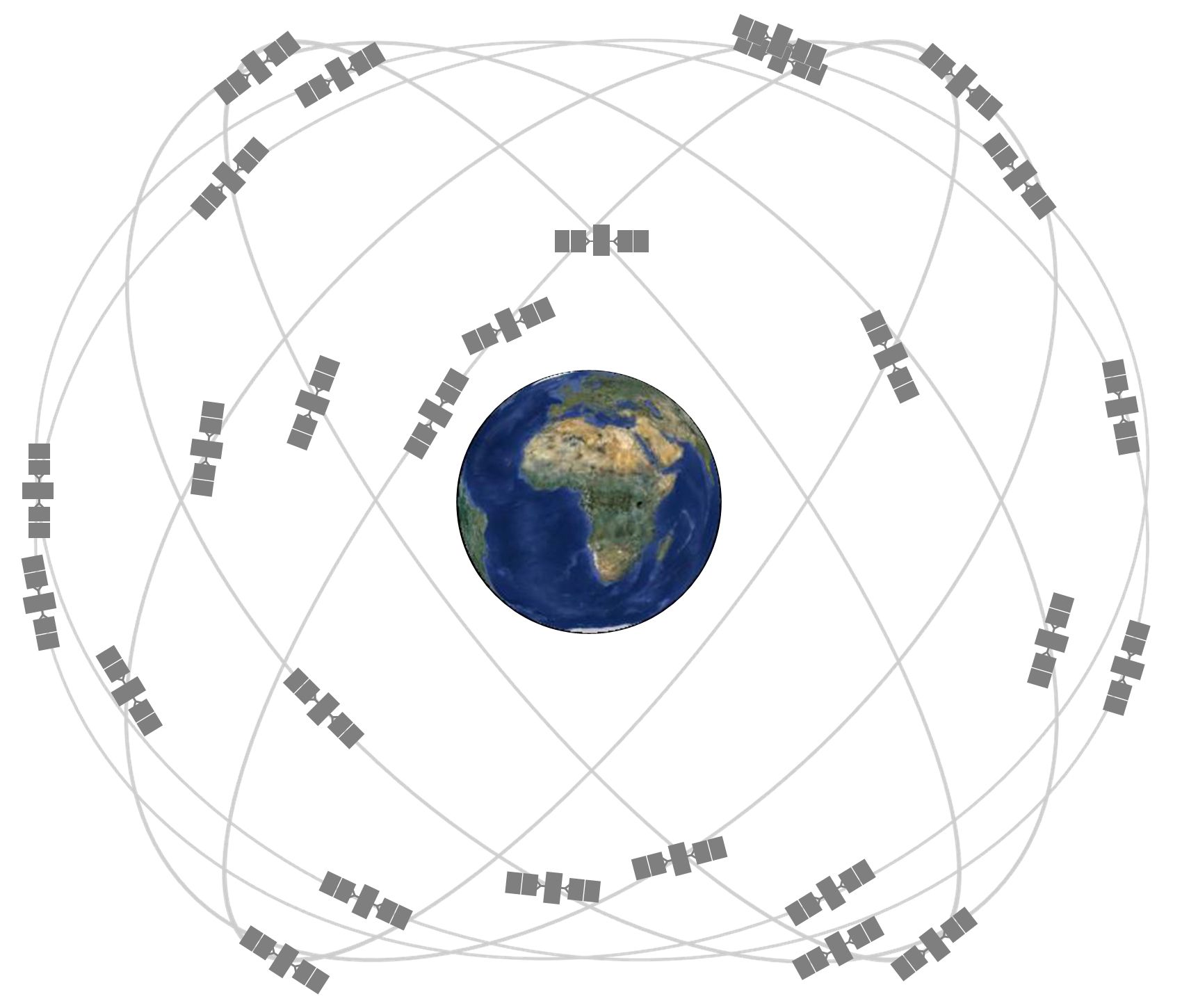The Global Positioning System (GPS) satellite network handles location services for everything from phones to planes, but what if the network went offline? The over-the-air broadcasting industry has an idea: using TV broadcast towers as a fallback positioning system.
Sinclair Inc is showing off the Broadcast Positioning System, or BPS for short, at the National Association of Broadcasters Show in Las Vegas. The technology uses eLoran, a technique to achieve long-range navigation with terrestrial towers instead of satellites in Earth orbit. BPS turns television broadcast towers into positioning stations for other devices, as long as the tower has been upgraded to broadcast ATSC 3.0, also known as NextGen TV.
The technology was developed by the National Association of Broadcasters (NAB), using a similar Enhanced LORAN (eLoran) technique for land-based positioning that has been tested by China, South Korea, and other countries. LORAN was developed by the United States and United Kingdom during World War II for tracking the position of ship convoys and patrol aircraft, and Enhanced LORAN takes advantage of modern transmitter and receiver technology to improve accuracy. It has a reported accuracy of ±8 meters, which is comparable to the range of roughly ±4.9 meters available to most smartphones using GPS, but not the millimeter-level margin for error possible with upgraded receiver equipment and best-possible conditions.
The GPS Backup
BPS and all other Enhanced LORAN implementations are primarily intended to be backups for the potential failure of the GPS network. There are currently 31 GPS satellites in orbit around the Earth (seen below), and if enough of them suddenly stop working, the network’s accuracy drops or fully stops working. That would wreak havoc on civilian and military transportation, as well as any systems that use GPS for time synchronization. Even though GPS is owned and operated by the United States, it’s freely available to anyone around the world.
NAB Executive Vice President, Technology and Chief Technology Officer Sam Matheny said in a press release, “Through technologies like the Broadcast Positioning System, enabled by ATSC 3.0, broadcasters can deliver a resilient solution to support America’s critical infrastructure in the face of growing threats to GPS. Combining BPS with eLoran provides a resilient, frequency diverse, and wholly terrestrial alternative to GPS.”
There are already backups to GPS, but they are mostly just other satellite constellations. Russia operates its own independent GLONASS network, China has BeiDou, and the European Union has Galileo. Japan and India also have satellite networks with partial global coverage. Many devices that use GPS can also connect to those networks, and they sometimes use Wi-Fi and other terrestrial systems to improve accuracy. For example, the iPhone 16 supports GPS, GLONASS, Galileo, QZSS, and BeiDou, and accuracy can be further enhanced in some areas using Bluetooth and Wi-Fi.
Importantly, BPS requires TV stations to roll out ATSC 3.0 support, and the ATSC 3.0 rollout hasn’t been going well. Most TVs, DVR boxes, and other TV tuners in the United States are still using ATSC 1.0, partially because of botched DRM requirements in ATSC 3.0. LG was a strong supporter of the new standard, but after an extended patent dispute, it stopped selling TVs with ATSC 3.0 in the United States.
Broadcast companies, like the ones showing off the potential of BPS, are pushing the FCC to create rules requiring all TVs in the US to support ATSC 3.0. The end goal would be shutting down ATSC 1.0 broadcasts, which would allow ATSC 3.0 to reach its full potential with more bandwidth. However, anyone with older TVs and OTA boxes would have to buy new equipment, much like the transition to digital television in 2009.
Source: BusinessWire





